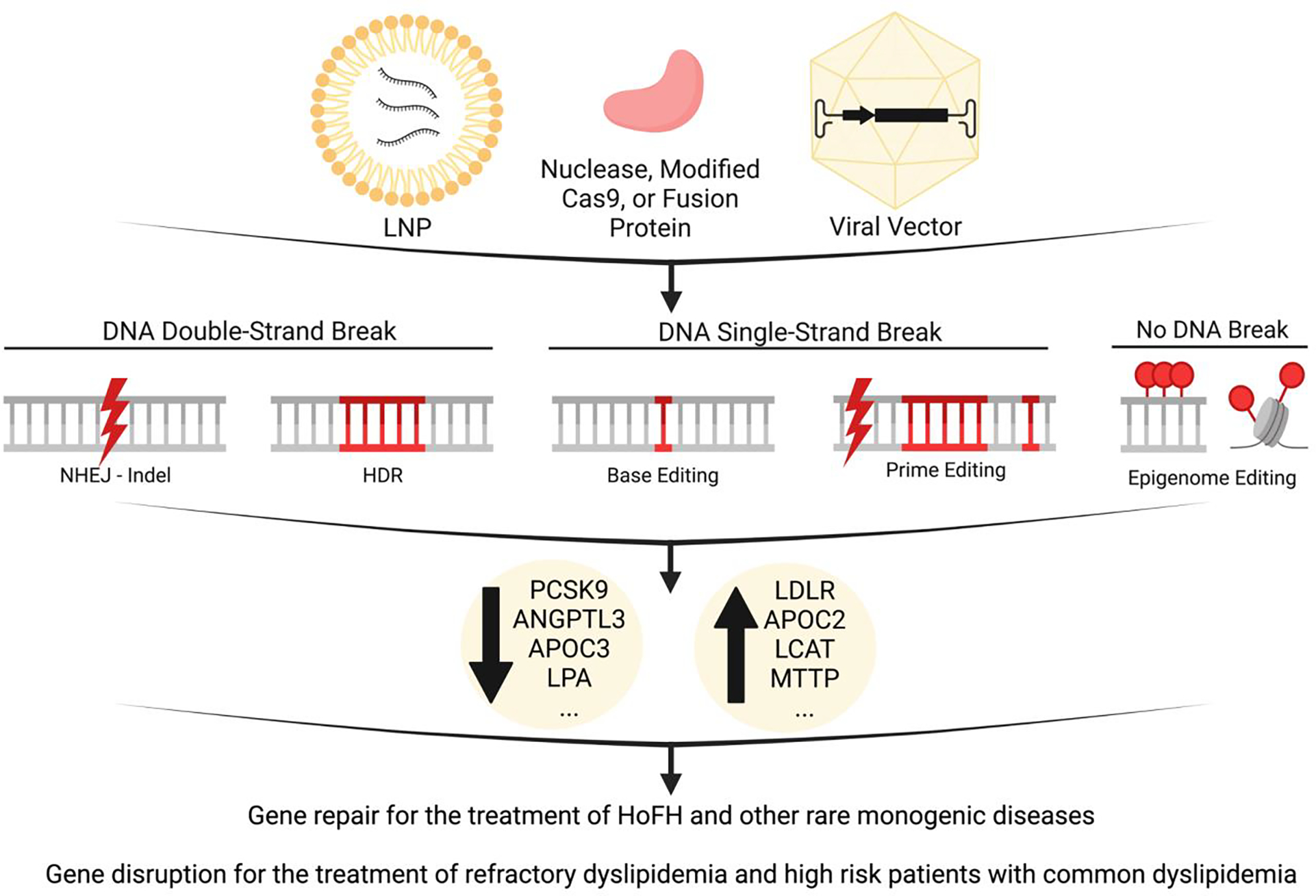Figure 1. Gene editing strategies to treat dyslipidemias.

Lipid nanoparticles (LNPs) or viral vectors can be used to deliver nucleases, modified Cas9, or dead Cas9 fusion proteins. Techniques relying on DNA double-strand breaks can be repaired via non-homologous end joining (NHEJ) to introduce insertions and deletions (indels) which disrupt gene function, or homology-directed repair (HDR) which uses template DNA to restore gene function. Newer techniques rely on DNA single-strand breaks to alter single nucleotides (base editing) or introduce targeted indels or base conversions (prime editing). Fusion proteins can perform epigenetic modifications without breaking DNA strands. Knockdown strategies have been used to decrease PCSK9, ANGPTL3, APOC3, and LPA expression for therapeutic lipid lowering. Restoration of LDLR has also been explored for therapeutic lipid lowering. These approaches are being developed for the treatment of HoFH (homozygous familial hypercholesterolemia) and other rare monogenic diseases. In the future, gene editing approaches may be expanded to the treatment of refractory dyslipidemia and high risk patients with common dyslipidemia. Figure created with Biorender.com. ANGPTL3, Angiopoietin-like 3; APOC2, apolipoprotein C2; APOC3, apolipoprotein C3; CAS, clustered regularly interspaced short palindromic repeats /CRISPR-associated; HDR, homology-directed repair; HoFH, homozygous familial hypercholesterolemia; indel, insertions or deletions; LCAT, lecithin-cholesterol acyltransferase; LDLR, low density lipoprotein receptor; LNP, lipid nanoparticle; LPA, lipoprotein(a); MTTP, microsomal triglyceride transfer protein; NHEJ, non-homologous end joining; PCSK9, proprotein convertase subtilisin/kexin type 9.
